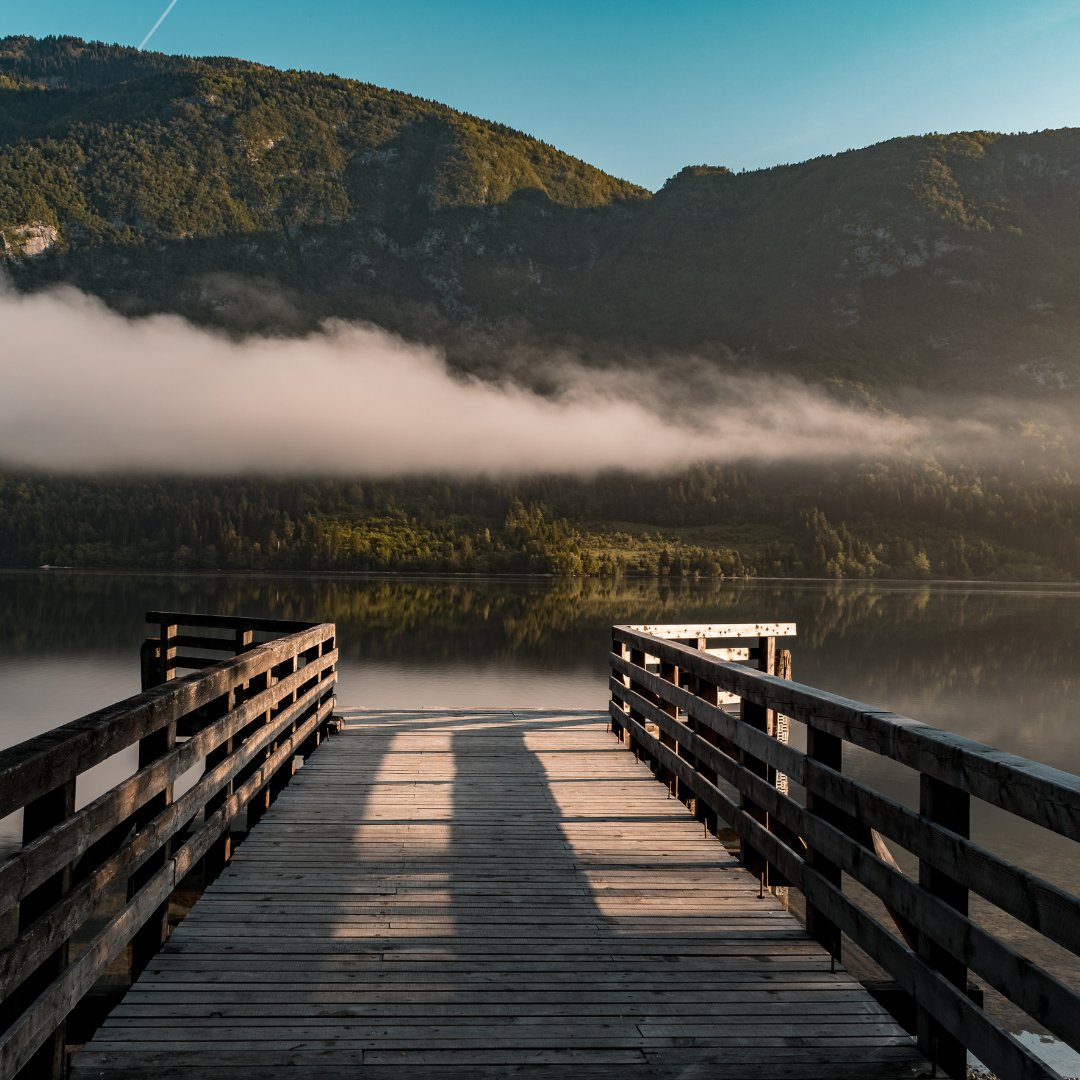Bohinj Lake and Triglav National Park: Navigating the Julian Alps by Boat

Nestled in the heart of the Julian Alps lies a serene sanctuary of natural beauty: Lake Bohinj and its surroundings within Triglav National Park. As Slovenia’s largest glacial lake and a centerpiece of its only national park, the region captivates travelers with its pristine landscapes, endemic wildlife, and the majestic Mount Triglav. Here, the allure of navigating clear waters meets the thrill of mountainous adventures, offering an experience that speaks to the soul of every nature lover.
The Pristine Waters of Lake Bohinj
Sheltered by towering mountain peaks and dense forests, Lake Bohinj sparkles like a sapphire amidst the emerald backdrop of the Julian Alps. Stretching over 4.2 square kilometers, it is a source of numerous legends, including the story of the Goldhorn, a mythical chamois guarding a treasure. Beyond legends, the lake’s crystal-clear waters, which mirror the sky and surrounding peaks, offer a tranquil space for reflection, both literal and metaphorical.
Lake Bohinj was shaped by glacial activity, and its depth plunges to over 45 meters, harboring various fish species like trout, char, and pike. The lake’s waters are fed by multiple alpine streams, with the most notable being Savica, a waterfall which also contributes to its mystique.
Navigating the Waters: Boat Rentals and Restrictions
While motorized boats are restricted to protect the lake’s ecosystem, Bohinj welcomes visitors to explore its waters using non-motorized vessels. Traditional wooden rowboats, kayaks, canoes, and stand-up paddleboards are popular choices, available for rent at multiple locations around the lake.
In summer, electric-powered boats operate guided tours, offering insights into the lake’s history, legends, and surrounding geology. These guided tours provide an environmentally-friendly way of exploring the lake without disturbing its tranquility.
Safety is paramount, and life jackets are highly encouraged. Additionally, it’s advisable to check weather conditions, as mountain weather can change rapidly, and calm waters can become turbulent.
Mount Triglav: The Towering Jewel of the Julian Alps
Standing at 2,864 meters, Mount Triglav isn’t just Slovenia’s highest peak but also a national symbol, depicted on the country’s flag and coat of arms. Climbing Triglav is considered a rite of passage for many Slovenians.
Its name, translating to “Three-Headed,” pertains to its three-pronged summit. The mountain offers several climbing routes, with varying levels of difficulty. Whether you’re a seasoned mountaineer or a novice, there’s a path up Triglav for you, though hiring a local guide is recommended for safety.
Wildlife Watching: Flora and Fauna of Triglav National Park
Triglav National Park is a biodiversity hotspot. Its varying altitudes and microclimates have created habitats for a plethora of plants and animals. The park is home to over 7,000 species of flora, including the Julian Poppy and the Triglav Rose, which paint the alpine meadows in hues of red and yellow.
The park’s fauna is equally diverse. Chamois, marmots, golden eagles, and the elusive lynx call this region home. Birdwatchers can spot species like the woodpecker, snowfinch, and the alpine accentor. For the best wildlife viewing, dawn and dusk are ideal times.
Nearby Attractions: Waterfalls, Valleys, and Alpine Beauty
Beyond Lake Bohinj, the surroundings are rife with natural wonders. The Savica Waterfall, with its unique ‘A’ shape, cascades down 78 meters and feeds into the lake. The valleys of the Seven Triglav Lakes offer scenic hiking routes with glacial lakes dotted along the way.
Vogel Mountain, accessible by a cable car, provides panoramic views of the Julian Alps, making it a must-visit for every traveler.
Hiking and More: Land Adventures near Bohinj
While the lake offers ample water activities, the land surrounding it beckons hikers, climbers, and bikers. Numerous trails, from easy lakeside walks to challenging mountain treks, await exploration. The Mostnica Gorge, with its turquoise waters and carved rock formations, is a popular choice for an easy hike. For thrill-seekers, paragliding over the lake offers a bird’s-eye view of this alpine paradise.
Sustainable Tourism: Protecting Slovenia’s Alpine Treasures
Triglav National Park and Lake Bohinj are not just tourist attractions but also delicate ecosystems. Efforts to promote sustainable tourism include restrictions on motorized boats, marked trails to prevent soil erosion, and initiatives to raise awareness about local flora and fauna. Visitors are encouraged to adopt the principles of Leave No Trace, ensuring that the beauty of this region remains unspoiled for future generations.
Lake Bohinj and Triglav National Park stand as testaments to nature’s grandeur. In the heart of the Julian Alps, they offer a refuge from the hustle of modern life, beckoning travelers to immerse themselves in the unspoiled beauty of Slovenia. Whether you’re navigating the serene waters, scaling Mount Triglav, or simply basking in the alpine glow, the memories made here will be etched in your heart, drawing you back to this Slovenian gem time and again.


